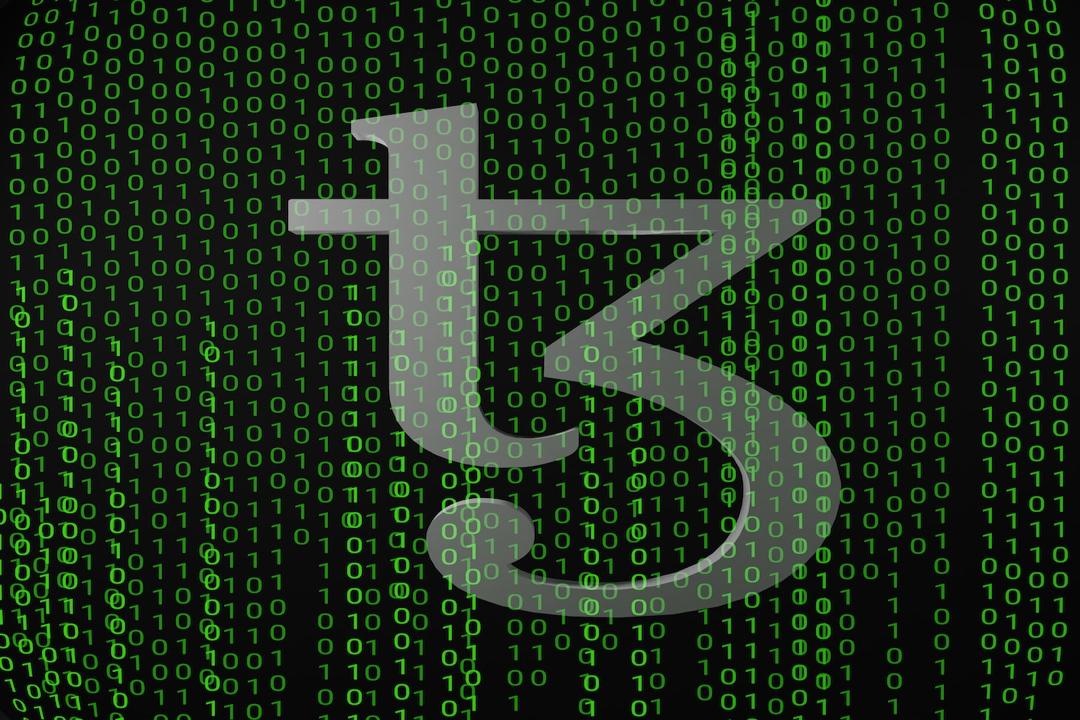Ether (ETH) saw a significant increase of 20% between March 3 and March 13, reaching a double top formation near $4,100. However, this rally was followed by a correction of 20%, with ETH testing the $3,200 support on March 19. Analysts believe that the initial surge was driven by highly leveraged long positions.
The bullish momentum of Ether faded as $375 million worth of ETH futures were liquidated in the past week. The question now is whether this correction is enough to halt the decline and potentially start a new bull run for Ether.
During the market crash, Ether’s performance was worse than that of other cryptocurrencies. While the overall cryptocurrency market saw a 15.5% drop in market capitalization over five days, with a peak of $2.77 trillion on March 14 stabilizing around $2.35 trillion, Ether’s decline was more pronounced. This can be attributed to Bitcoin’s 12% weekly drop, Solana’s 21% increase, and Binance Coin’s slight 2% decrease during the same period.
Interestingly, Solana faced challenges with increased fees and failed transactions as the network struggled to handle the surge in activity, particularly driven by a significant interest in new memecoins. Traders injected approximately $100 million into new Solana memecoins within just three days.
On March 13, the Ethereum network underwent its most significant upgrade in over a year. This coincided with Ether’s price peak for the current cycle. The upgrade, which included a hard fork, significantly reduced transaction fees for layer-2 networks like Arbitrum, Optimism, and Base, improving Ethereum’s scalability. The introduction of data blobs also enhanced the network’s data-handling capabilities.
The upgrade has been successful, as evidenced by the surge in activity on layer-2 solutions, reaching an all-time high of an average of 122 transactions per second (TPS) over the past two days, according to L2beat. This represents a 31% increase from the previous week and is more than eight times the base layer capacity of Ethereum at 15 TPS.
Despite the network upgrades, gas fees on the base layer of Ethereum have remained a significant issue, with the average cost around $12 on March 18. This highlights the continued appeal of alternative platforms like Solana and Avalanche (AVAX), which were among the few cryptocurrencies in the top 20 to see gains over the past week.
Despite the price crash, Ether futures indicate moderate bullishness. The 20% correction since March 13 has led to the ETH perpetual contract funding rate approaching zero, indicating a balance in demand between long positions and short positions.
Looking at the monthly futures, Ether has been trading at a 22% premium, suggesting excessive demand for long positions. This optimism remains even after the price correction to $3,200 on March 19, which could be seen as a bullish signal in the broader market.
It’s important to note that this article does not provide investment advice or recommendations. Readers should conduct their own research before making any investment decisions.

